Community connection: inside Anson's (a.k.a. Tahusa) Photography Mission
The story of Anson, the man behind Tahusa: a Hong Kong-based project where film photography and camera culture come alive.
I always liked reading interviews, like these you find in newspapers and magazines, as text helps us all being more assertive. This week I had the chance of interviewing Anson, or the man behind Tahusa.
Tahusa is actually a publication/website, founded by Hong Kong-based photographer Anson. It began as a humble blog seven years ago, born from a passion for cameras, lenses, and the art of photography. What started as a platform to share honest camera reviews and unscripted visual moments has evolved into a comprehensive resource featuring photography tips, e-books on lens investment, film basics, and carefully curated gear recommendations.
Today, he shoots primarily with Leica rangefinder cameras, has exhibited his work in Hong Kong and Russia, and has built a global community of photography enthusiasts who share his passion for capturing life’s fleeting moments on film.
I hope you enjoy the interview, as well as the photos he provided to illustrate his answers. Thanks for having me, man!
Raf: Do you shoot most with film, digital? What would be a percentage of film/digital ratio over your last 6 months?
Anson: Mostly film. Around 80% film, 20% digital. It has been like that for years. I started in 2010 and by 2014 that ratio was locked in. Film keeps me engaged because of the uncertainty and the surprises. Before a trip I literally open the fridge and stare at it for ages (my wife would say “hours” but that’s just her!), to go through what stocks I have, like picking the ingredients for a meal and imagining what the final picture (dish) might look like. I reach for digital more when it’s friends, family, or just testing something.
Raf: What’s the most unexpected creative decision you made because you were “stuck” with a particular film stock or camera setting?
Going ultra‑wide with a Hologon 16mm f/8. I’m not usually an ultra‑wide person especially in Hong Kong where the scene can feel too chaotic and messy, and I prefer images to be clearer, more structured and organized. But I tried it and can never go back! I took it to a museum, and forced myself to get closer. That changed the way I composed, keeping the subject closer to the point of view so the frame holds together. The WideLux F8 did a similar thing to my head. It breaks your thinking pattern with those creative distortions. I saw Jeff Bridges do those left–right actor shots by rotating mid‑scene and it stuck with me. The camera pushes you to be more playful with space and timing.
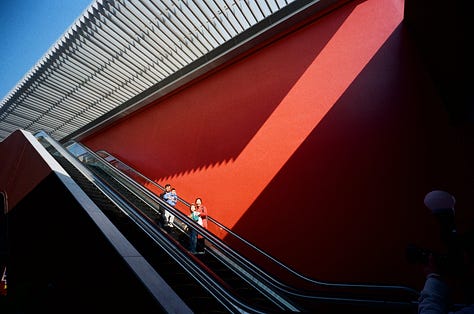
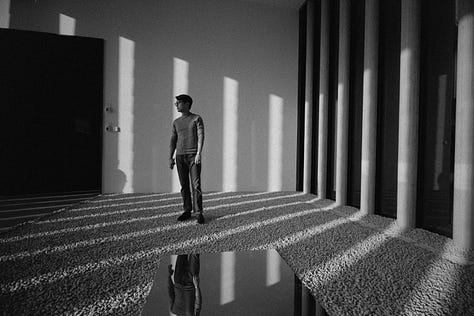
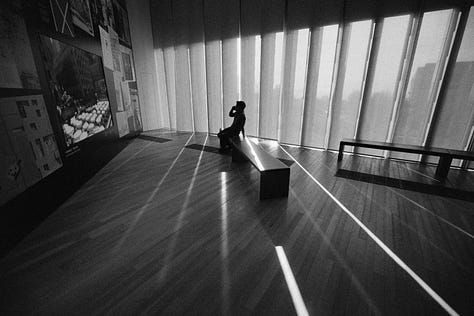

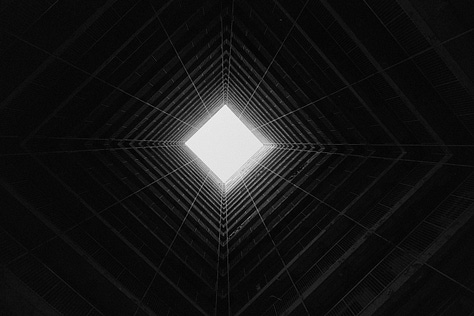
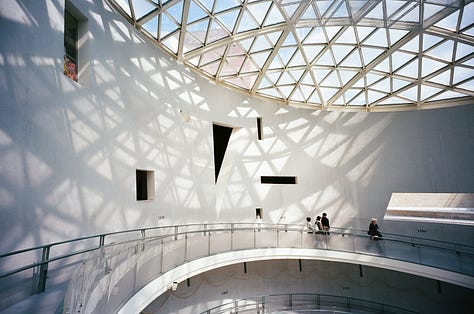
Raf: When you’re shooting digital now, do you ever artificially impose film-like looks? Do you imagine a specific film stock when looking at the real world with your eyeballs? Like CineStill halations on highlights, etc.?
This is the first time I get this question but something I think about a lot! Depends on the mood, but yes. I think in two lanes most of the time. One is slide film: vibrant but a little bit muted, deeper shadows that aren’t completely gone. The other is black and white: lines, structure, light and shadow. Those two ways of seeing are kind of fundamental for me. I hunted presets forever and finally found a slide‑inspired one from China that gets me close. Still, I end up adjusting curves and small settings a lot to land the exact mood.
Raf: What do you think about the immediate feedback of digital screens? Do you think it changed the way photographers interact with uncertainty and surprise?
It would be a lie if I said ‘no’.
Definitely! Live view and LCDs make precision easy, but they can dull imagination. With a rangefinder or older systems, there’s no instant confirmation, you have to visualize, and trust what’s happening inside the camera. With something like a Leica M9, even though it’s digital, there isn’t that same “instant loop” telling you if you nailed it. Digital makes it straightforward to get technically perfect photographs, but I care more about the connection with the process than just a clean result. The position of the camera matters too. TLR vs SLR vs rangefinder changes how you stand and see. All of that shapes the picture before the file ever exists.
Raf: Which film characteristics (grain, color rendition, contrast curves) taught you something about your visual preferences that you now seek out in digital work?
Kodak Double‑X, Fujifilm Provia 100F, and Kodak E100G really set my baseline.
Fujifilm Provia 100F
Kodak E100G:
Kodak Double-X
Slide film feels a bit cinematic to me maybe because I love movies and it’s honest to what I see while still giving extra punch in the color. It also reveals the lens character. If a lens is vintage, that glow is more pronounced; if it’s modern, the sharpness shows up cleanly. With black and white like Double‑X, developers matter. I like 110 because it gives me good contrast without going overboard like a strong D‑76 look, and it’s easy to dilute and process. Even with digital monochrome, I’ll underexpose by about one‑third of a stop to keep the overall feel a little darker and more intentional.
Raf: What’s one film photography habit or ritual that you’ve carried into your digital workflow, even though it’s technically unnecessary? Mine is creating digital contact sheets!
My favourite game to play with myself is guessing exposure without metering. A friend trained that into me—call the aperture, ISO, and shutter on the spot, no overthinking. Then I check against the camera. Metering can be harder to predict in places like Hong Kong where lighting swings fast and the dynamic range shifts corner to corner. Metering can be wrong if you forgot to change ISO or the scene is tricky, so that internal check helps.
I also review my photos regularly to see which lenses I’m actually gravitating to and to reconnect images with the moment and setup I used. It’s a small ritual, but it tightens the loop between how I think and how I shoot.
I strongly recommend visiting the Tahusa website, it's so interesting, with so many categories and high-quality photography and stories. My favorite section is the Diary. He also sells the best soft shutter release button!
I hope you enjoyed this interview, thanks for reading Camera Clara, please consider subscribing! See you in the next one!



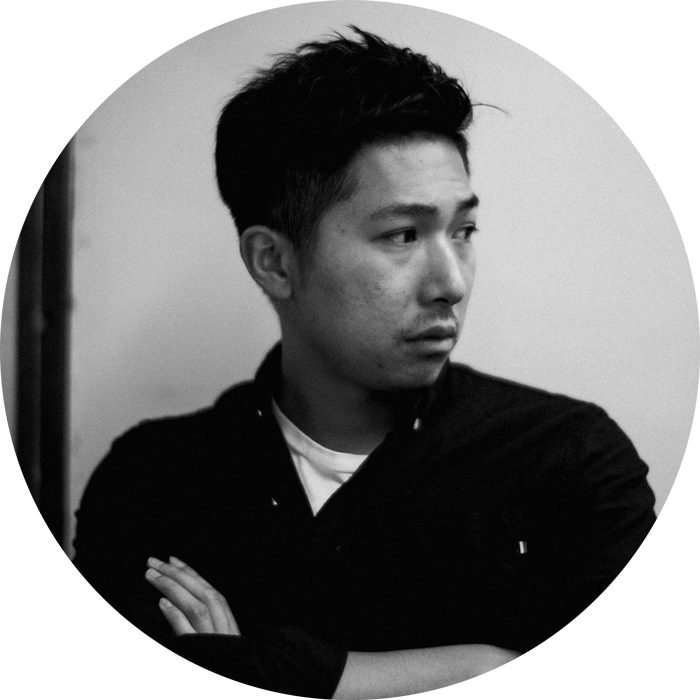

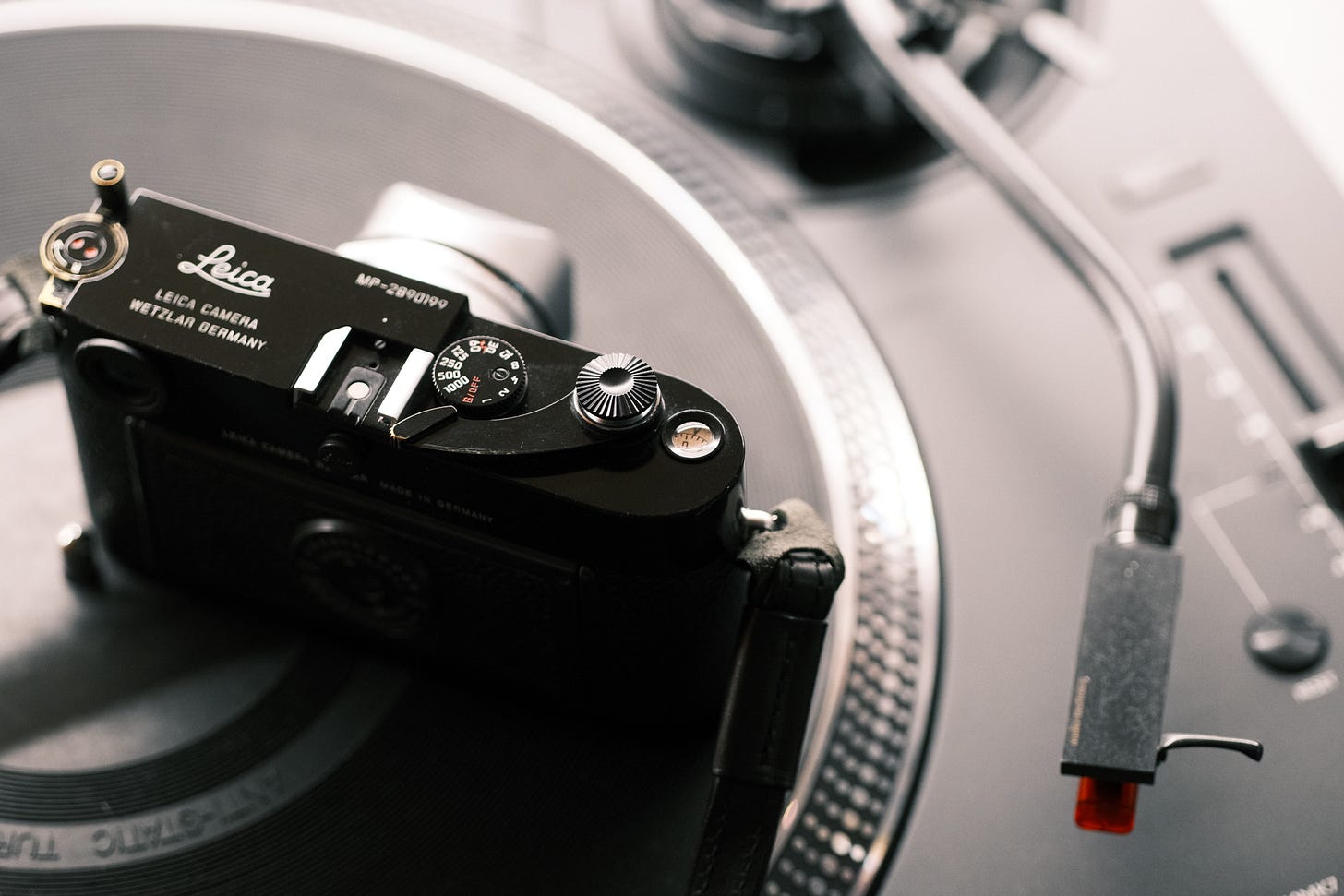


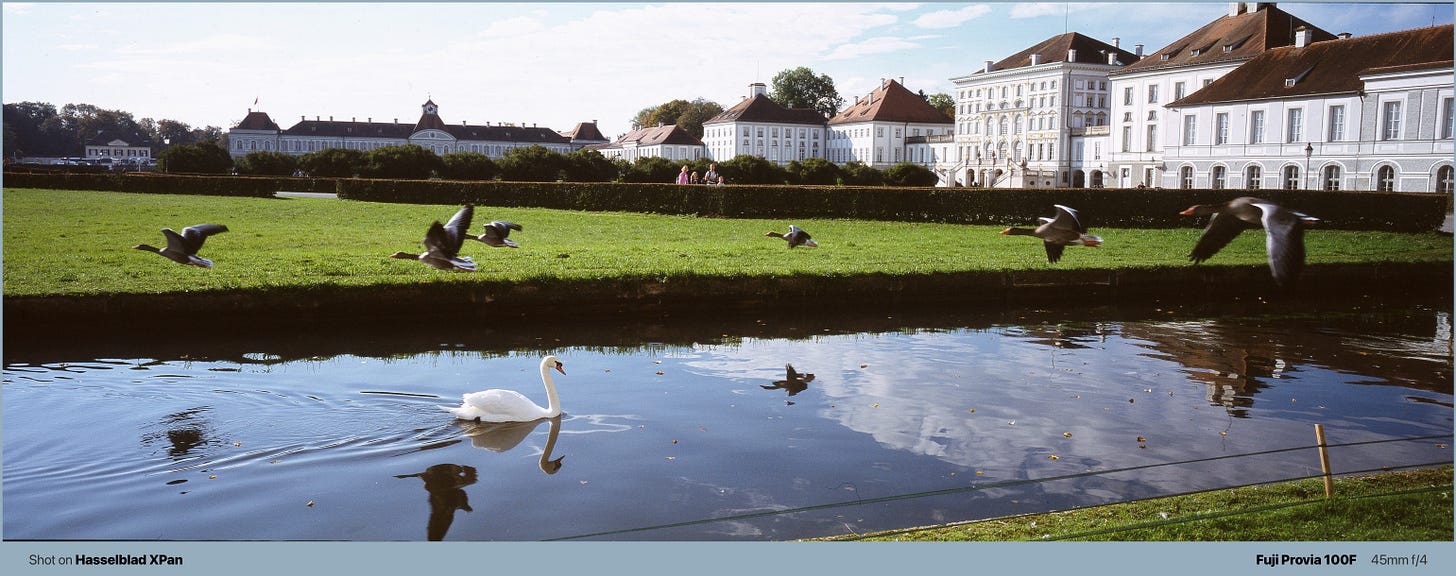

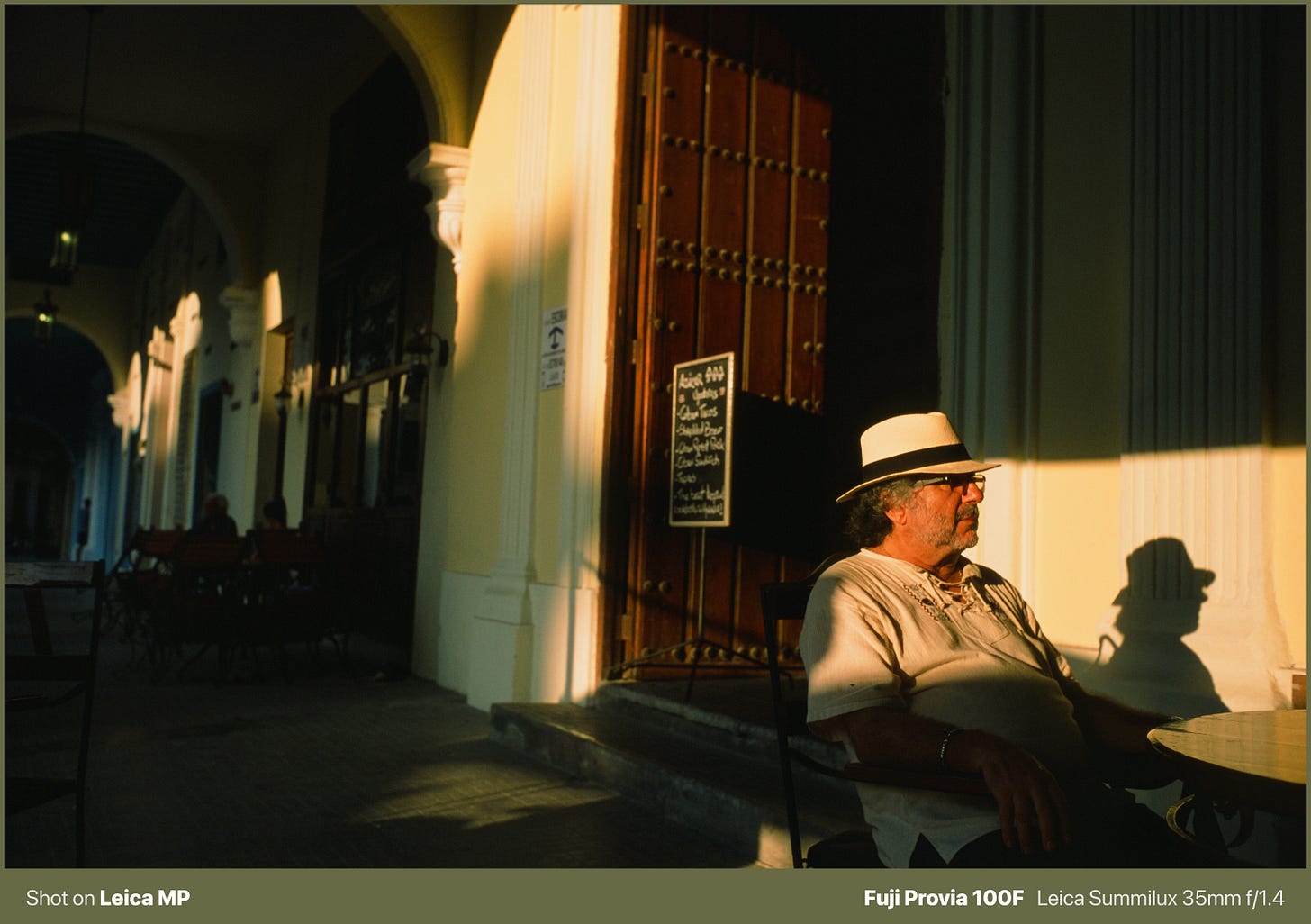
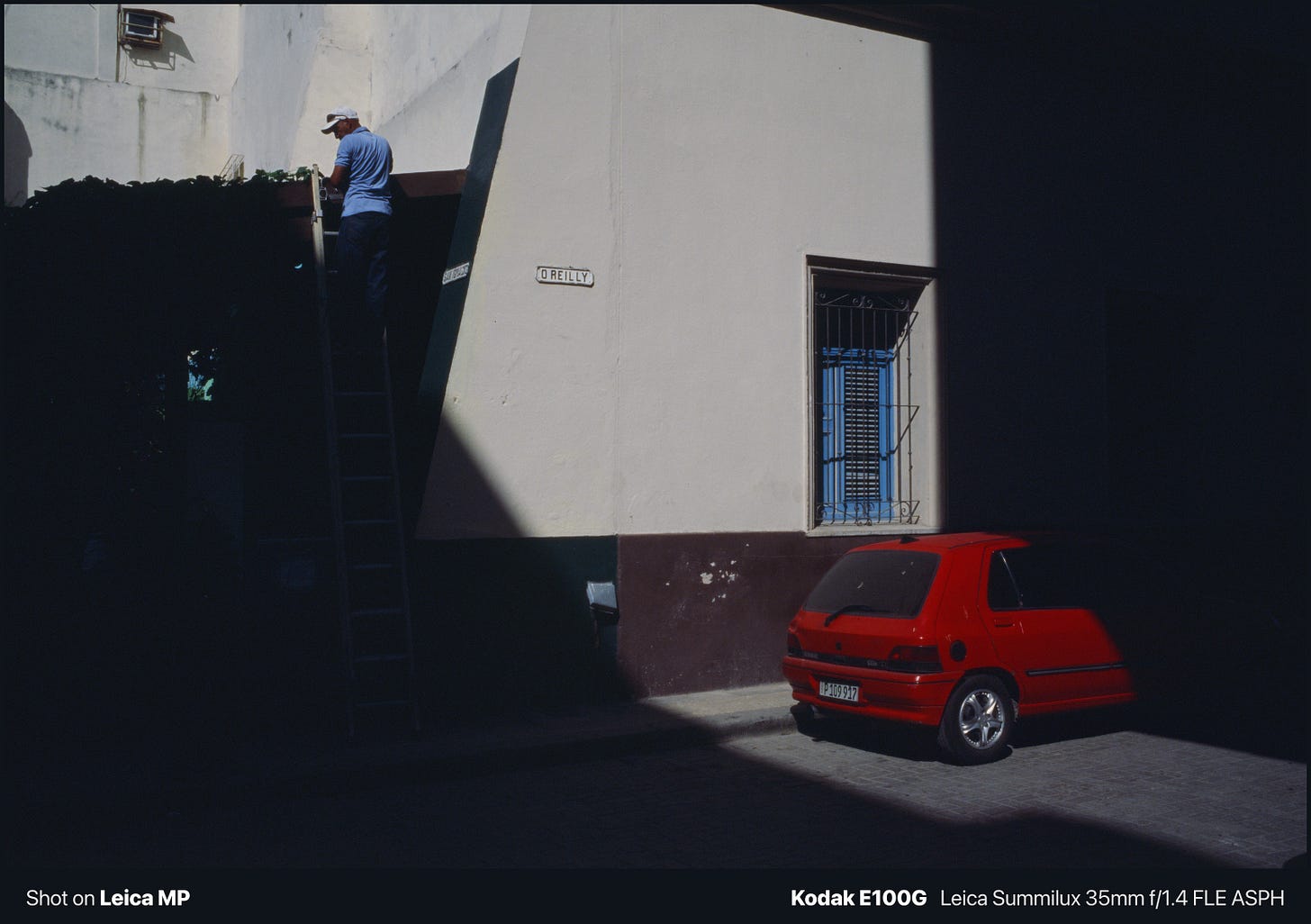
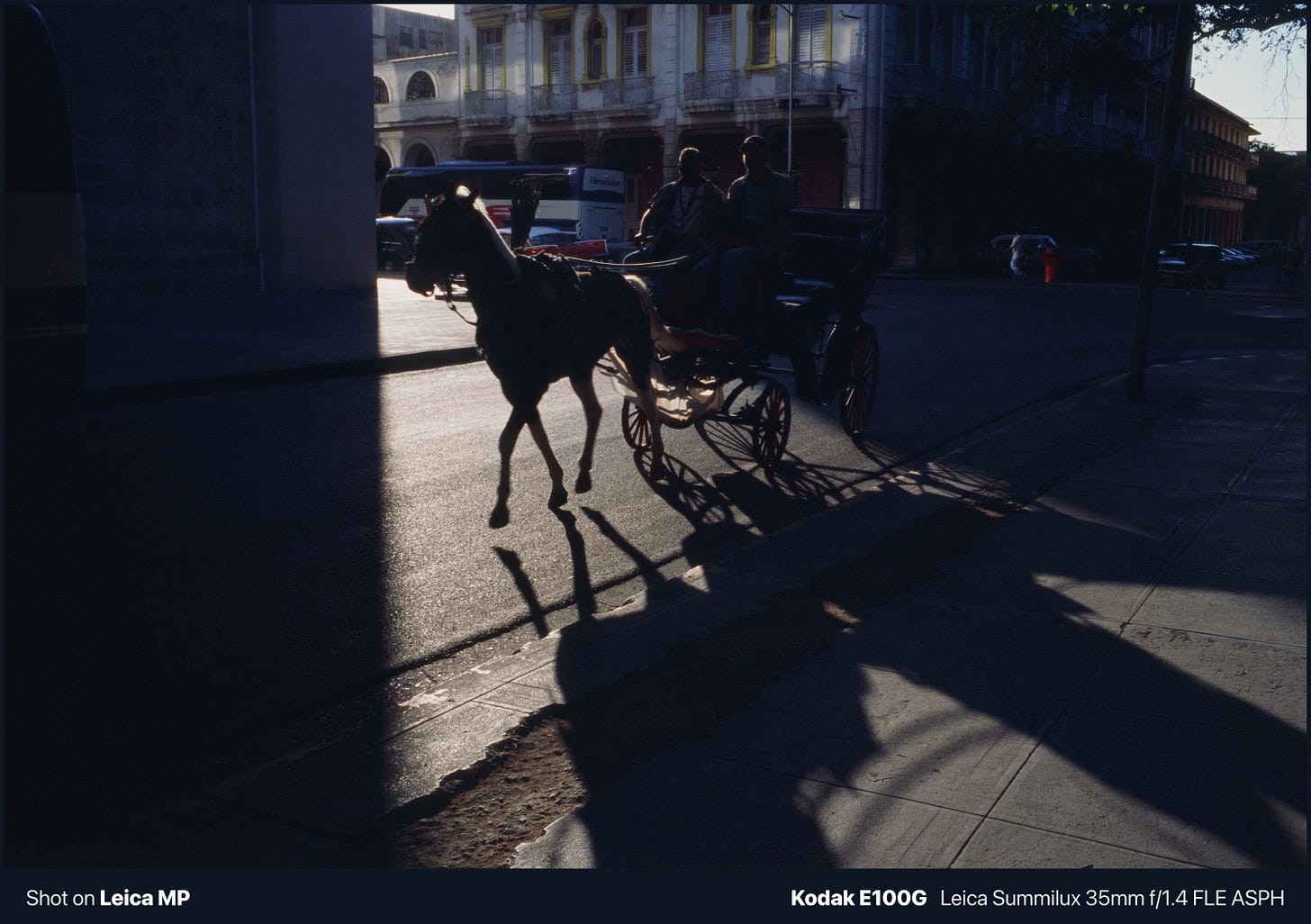
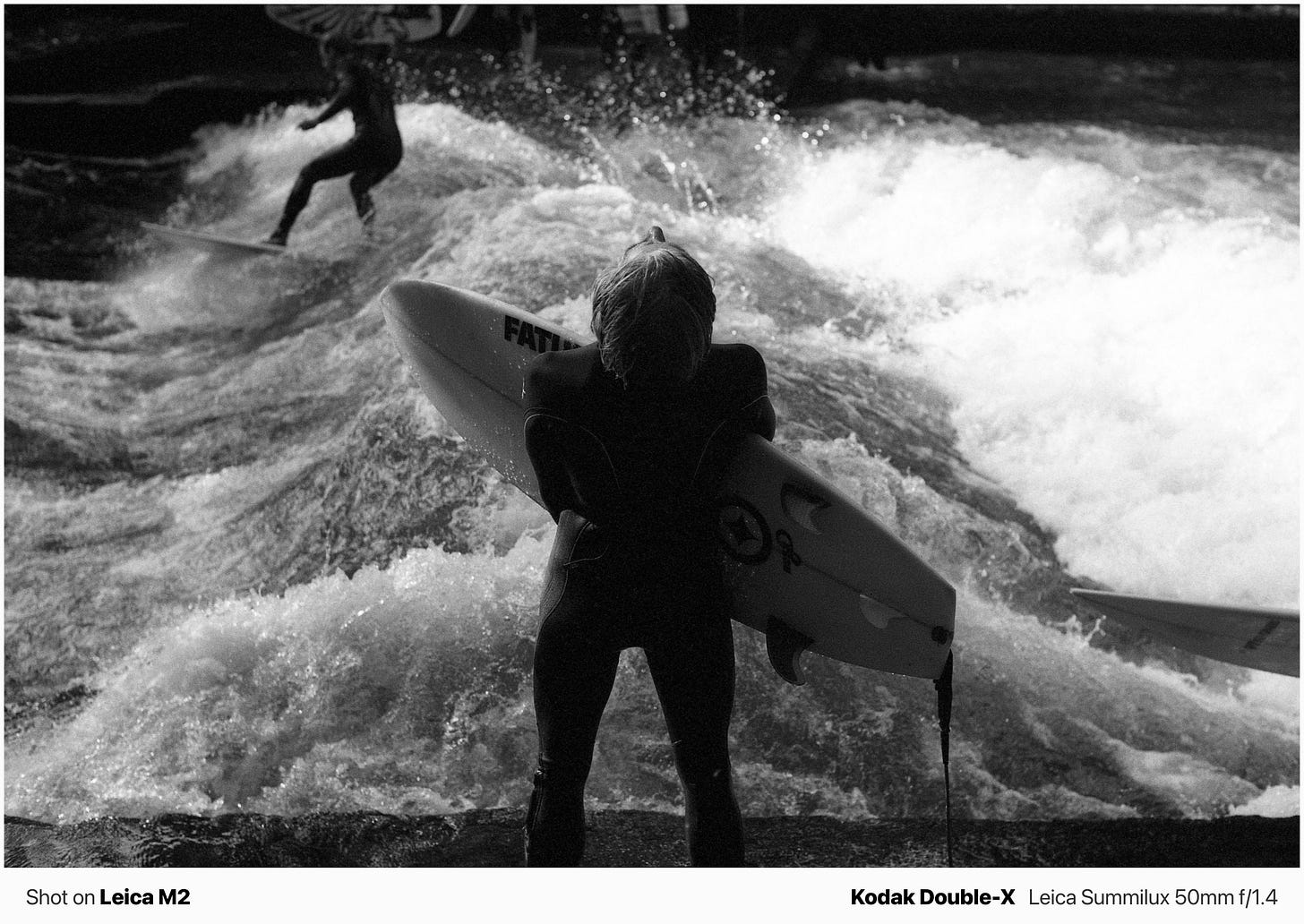
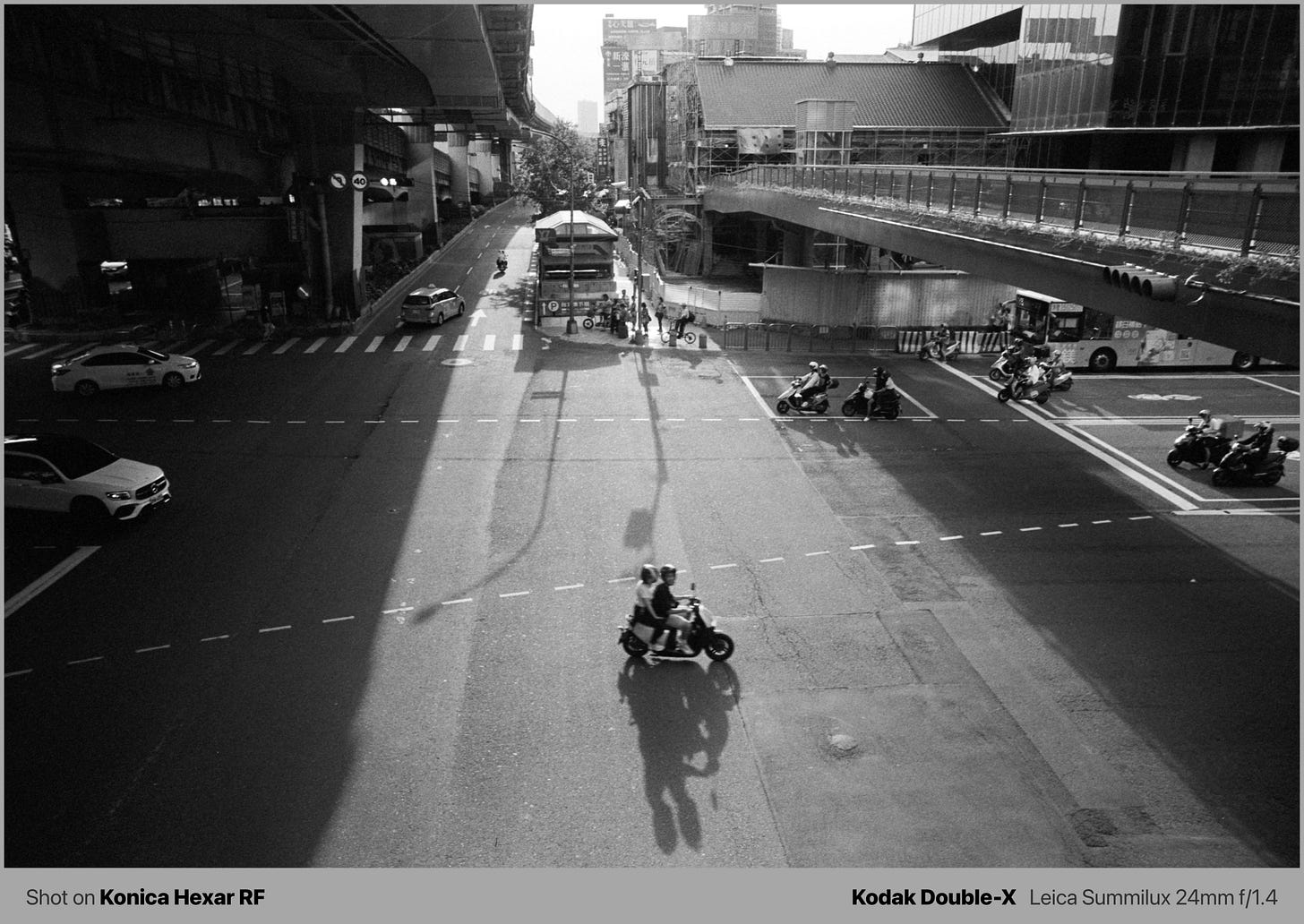
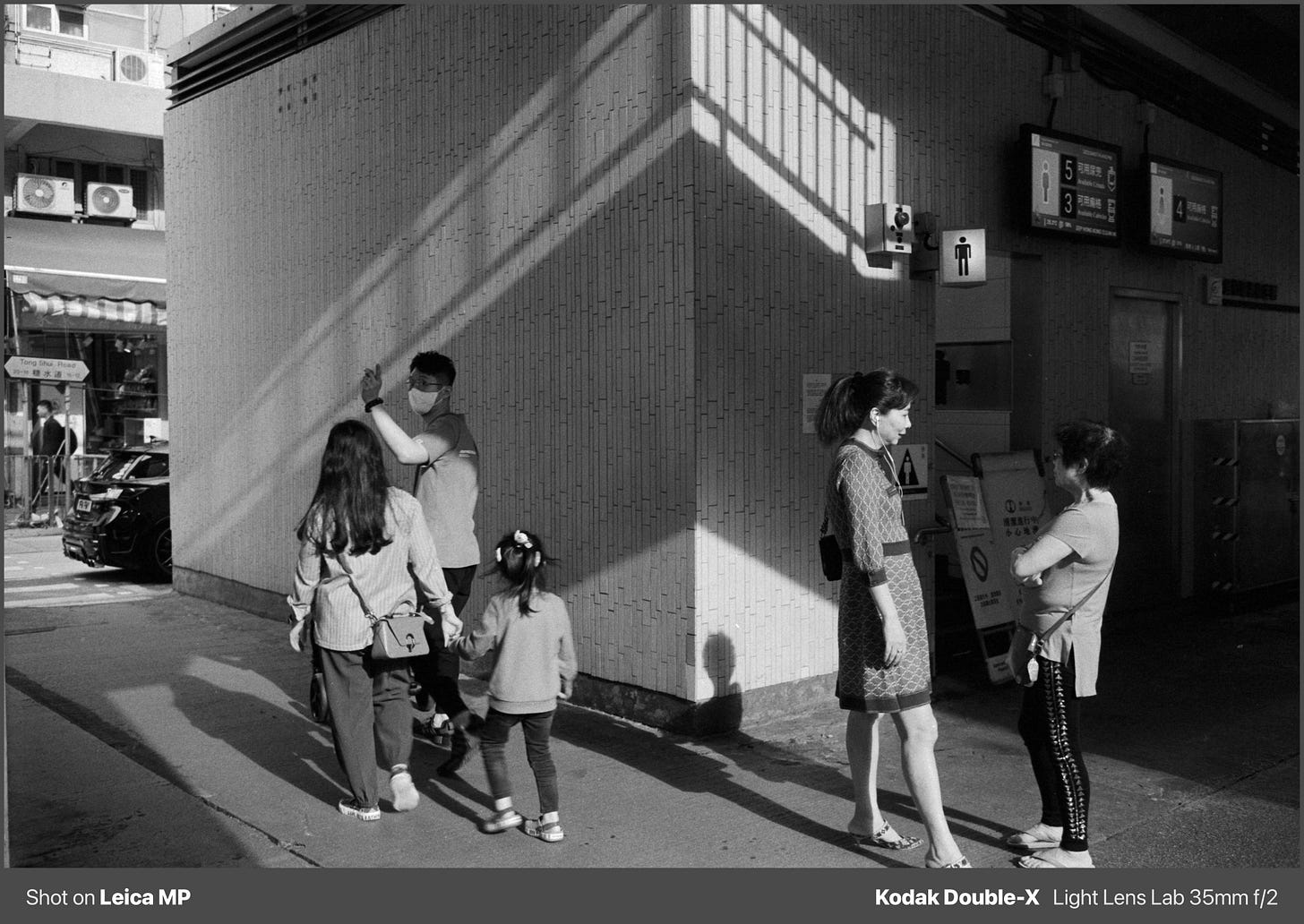

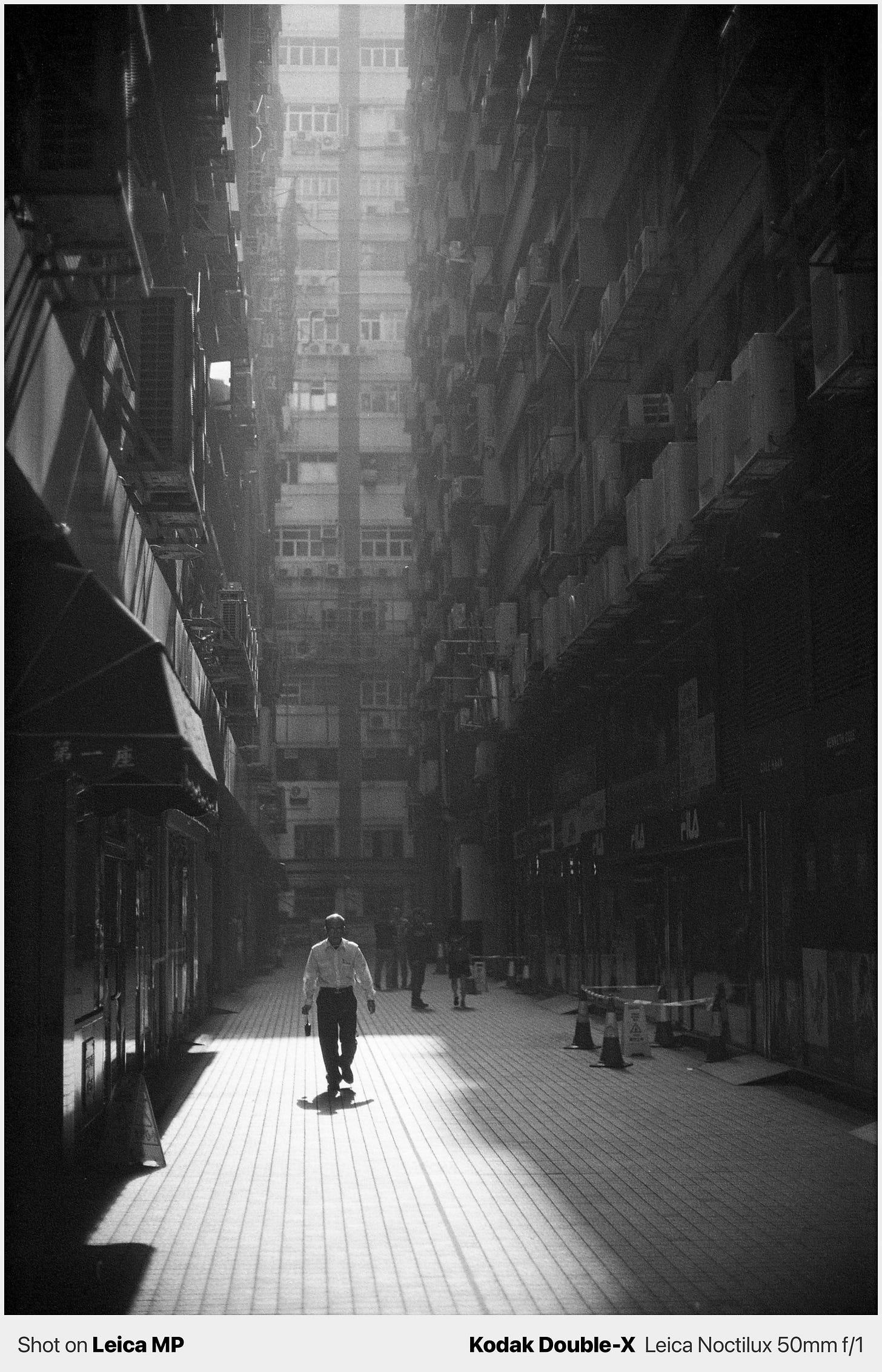
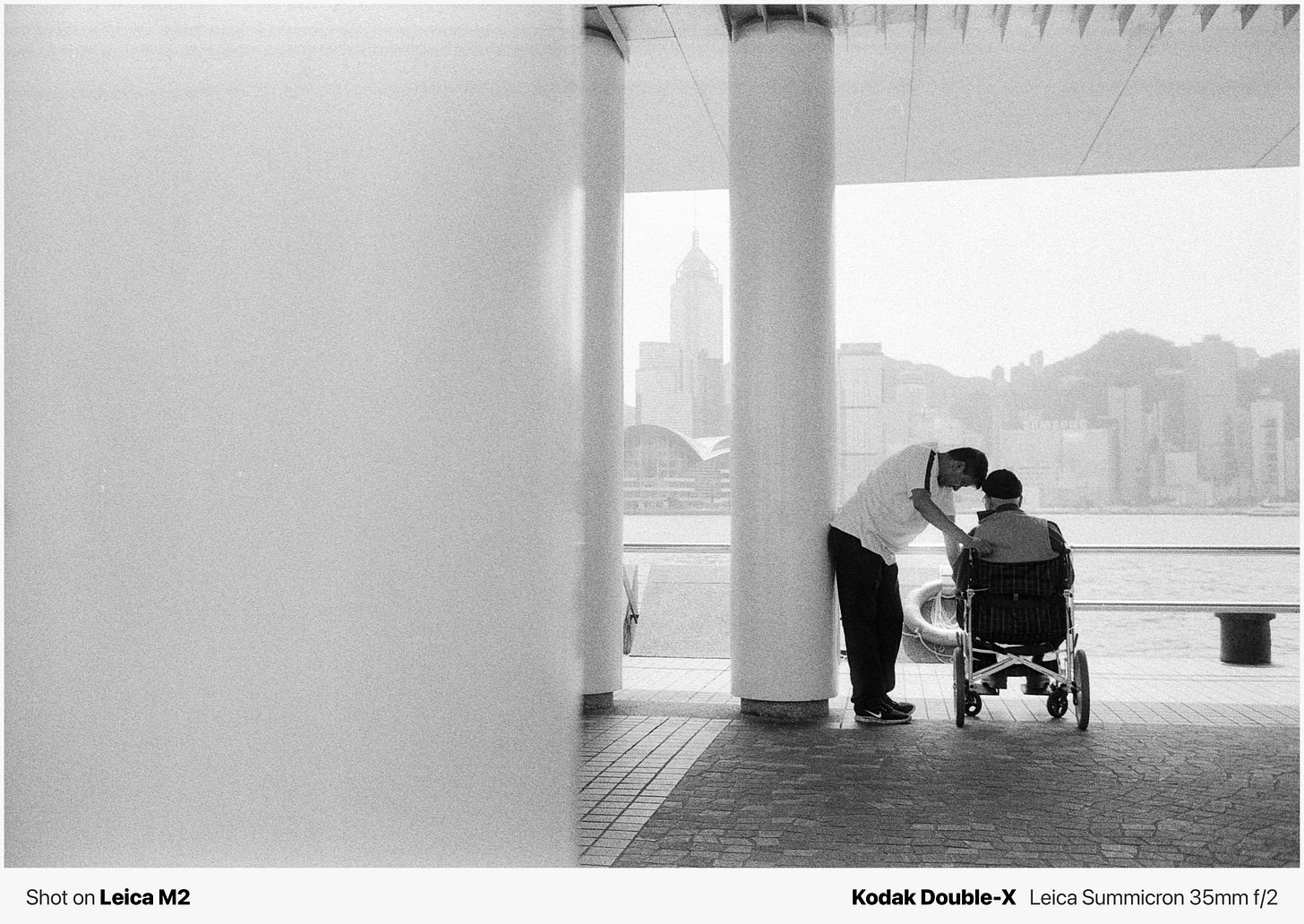



Great interview!